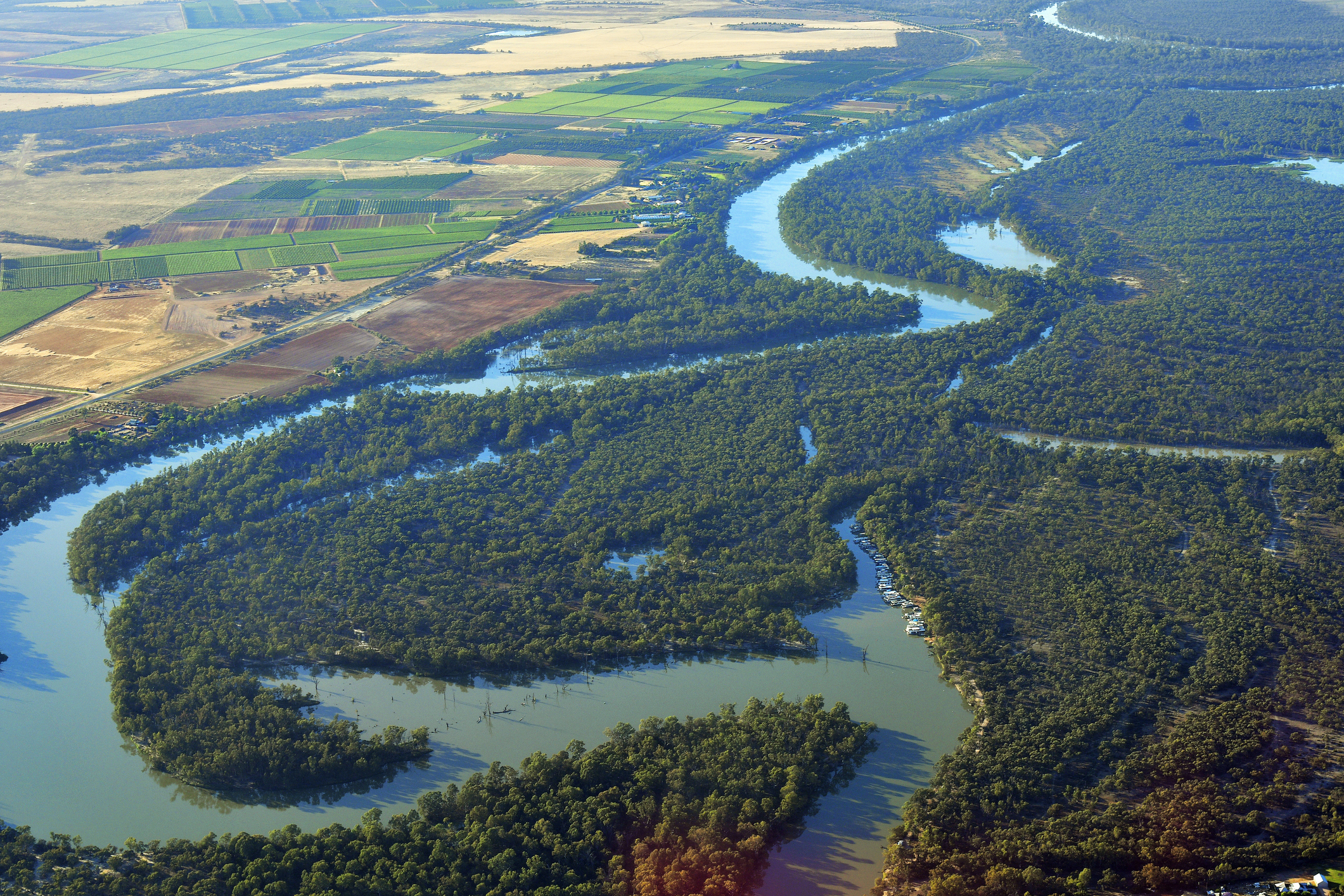Technologies for responsive data collection needed to improve regional water management
Emerging data collection technologies can help manage water challenges in real time and mitigate the worst effects of drought, flood, and shifting water patterns
Emerging data collection technologies can help manage water challenges in real time and mitigate the worst effects of drought, flood, and shifting water patterns
Australia’s inland water is being impacted by climate change. The 2022 State of the Environment report found that pressures of climate, development and management, and the resulting state and trends of surface waters, groundwater, water quality, ecological processes and species populations have deteriorated.
It’s critical that water resource managers adopt an agile, evidence-based approach by considering cultural and environmental impacts that respond to future hydroclimatic conditions.
A report by the Australian Academy of Technological Sciences and Engineering entitled: Technologies for Water Management has found that emerging technologies for data collection must harness contextual, real-time data to ensure farmers, local councils, Traditional Custodians and other water resource managers can make more evidence-based water management decisions.
The 2020 Basin Plan evaluation found that although progress has been made, there are gaps in information needs – hindering the potential to make the most of this precious resource. Addressing significant data gaps will improve analysis of conditions and predict future water flow and needs – leading to more sustainable management.
ATSE CEO Kylie Walker said fundamental to water management is knowing in real time how much water is in the entire system, where it is, where it goes, and its value to different users.
“As Australia’s water needs change, and extreme events continue to impact on the distribution of water across the nation, understanding what’s happening in real time is crucial to the sustainability of ecosystems, farming, and urban populations – all of which rely on this precious resource.
“Providing clear and useful information for water management from accurate and up-to-date data is a complex task made more so by Australian hydrology’s large fluctuations – which are among the highest in the world.
“It is critical to develop and implement technologies to streamline data in real-time, or very quickly, to enable sensible, sustainable decision-making to best manage our regional water systems” said Kylie Walker.
Report key messages
Engaging closely with people who use water information – like Traditional Owners, farmers, ecologists and utility water managers – will help scientists and policymakers better understand how technologies that gather, manage and analyse water data can inform better water management decisions.

Water management in an ecologically diverse continent like Australia is challenging, and at times contentious. Australia is recognised as a world leader in water management, but faces significant, well documented challenges that will only increase as the climate changes.